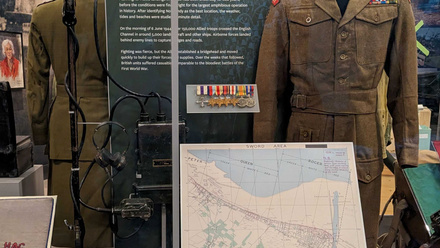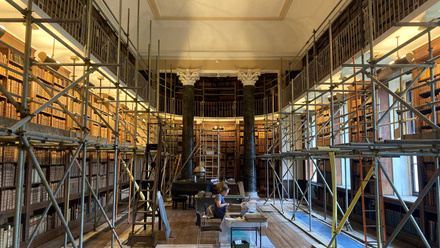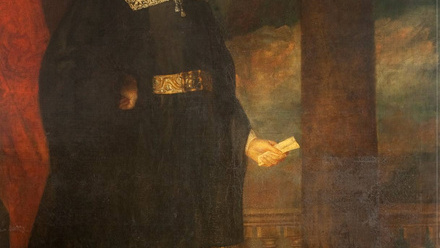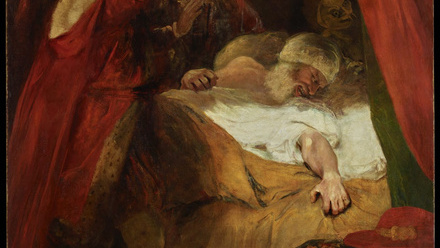The conservation of a Constable painting of Waterloo Bridge has revealed a long-lost Thames view
The largest known painting by artist John Constable, but which was never exhibited in his lifetime, has been brought back to its full glory by National Trust conservators, revealing a long-vanished Thames skyline view.
The painting, the Embarkation of George IV from Whitehall: the Opening of Waterloo Bridge, 1817 which records the scene on the second anniversary of the Battle of Waterloo, has now returned to display at Anglesey Abbey in Cambridgeshire as part of a celebration of Constable works in its collection.
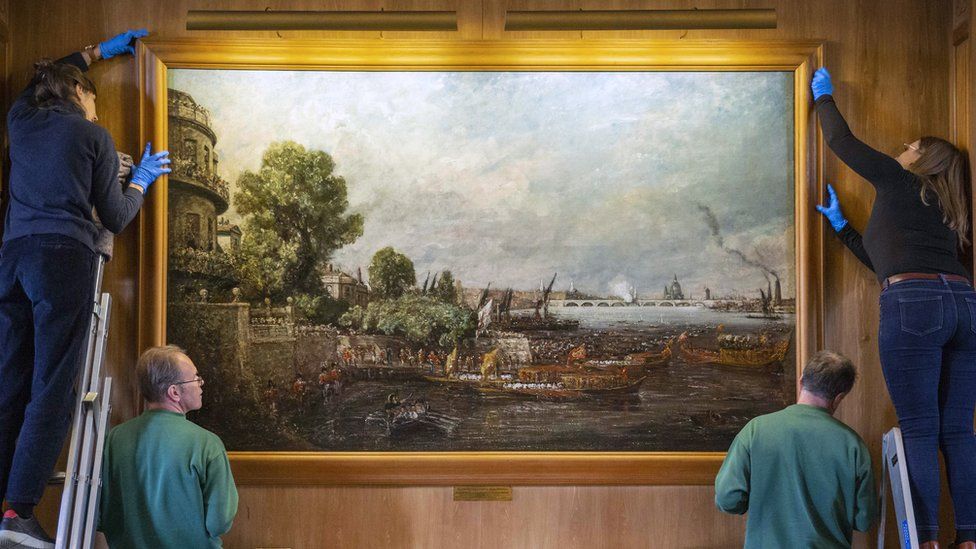
It is on show alongside other works by Constable at the abbey, including a view of Stoke-by-Nayland in Suffolk, which was thought to be a copy but which Constable experts have now confirmed is an original painting by the artist.
The National Trust’s Royal Oak Foundation Conservation Studio in Kent has spent over 270 hours conserving the painting, which has transformed its appearance. Several layers of badly yellowed varnish had obscured the detail and turned the painting into a very dulled view of the 19th-century Thames. But with most of the old varnish layers removed, the scene has been transformed to show bright blue skies and a view of the early Thames skyline with details of what the river was like before the Victorian development alongside it.
Icon member Sarah Maisey ACR, Senior Remedial Conservator for Paintings at the National Trust, said:
This has been a painting which has been dramatically transformed by the conservation treatment. There had been some earlier tests which showed that this painting would respond really well to varnish removal but it has been a particular delight to see the quality of the improvement.
There were challenges. It had been painted, and varnished, at different stages so care had to be taken to ensure that the solvents being used to thin and remove the varnish layers didn’t also affect the paint layer.
We are delighted with the final result.
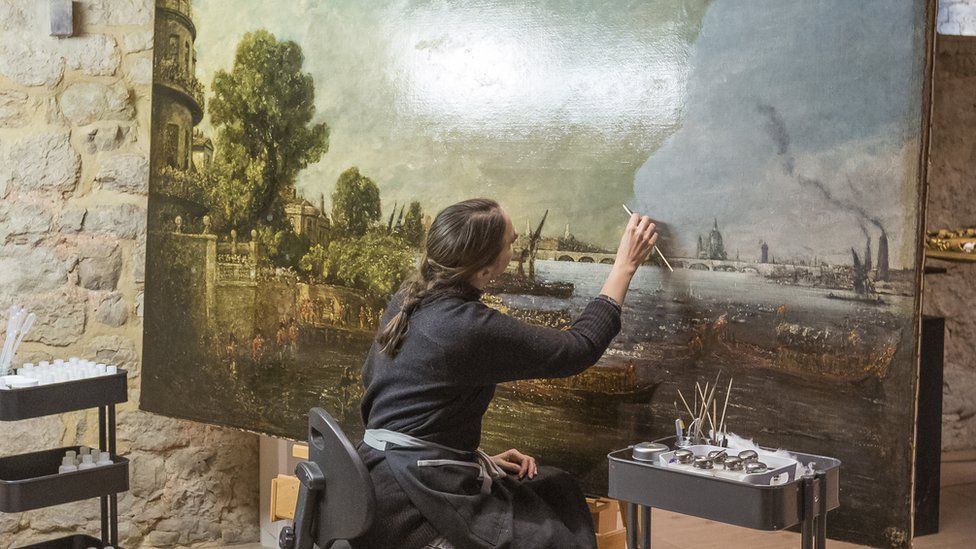
Icon member Rebecca Hellen ACR, Senior National Conservator, Paintings, added:
Exploring the way Constable created this artwork has involved careful scientific analysis of paint and looking closely at an x-radiograph of the artwork.
Drawing together in-depth knowledge on British art across the Trust and beyond has been tremendous as people collaborated on understanding this artwork and some of its enigmatic and more complex stories.
That research approach will continue and we will continue telling that story to visitors to Anglesey Abbey.
John Chu, curator of paintings and sculpture at the National Trust added: "Constable’s painting of Waterloo Bridge, full of the pageantry and colour of urban life, is a significant contrast to the quiet country scenes he is more famous for, such as The Haywain.
This large-scale depiction of modern events and the London metropolis was a big departure at this point in his career.
The Opening of Waterloo Bridge remained in his studio for the rest of his life. It passed through a number of hands before being bought by Cara, Lady Fairhaven and given to her son, Urban Huttleston Broughton, Lord Fairhaven of Anglesey Abbey, a collector with a good eye for pictures. He displayed it in the library at Anglesey Abbey where it has now returned."
Constable is an artist who is known to be much imitated and copied – and sometimes deliberately faked. But clues in the brushwork and canvas, its relationship to other paintings he was doing at about the same time and its history of ownership made it clear it is an original.



